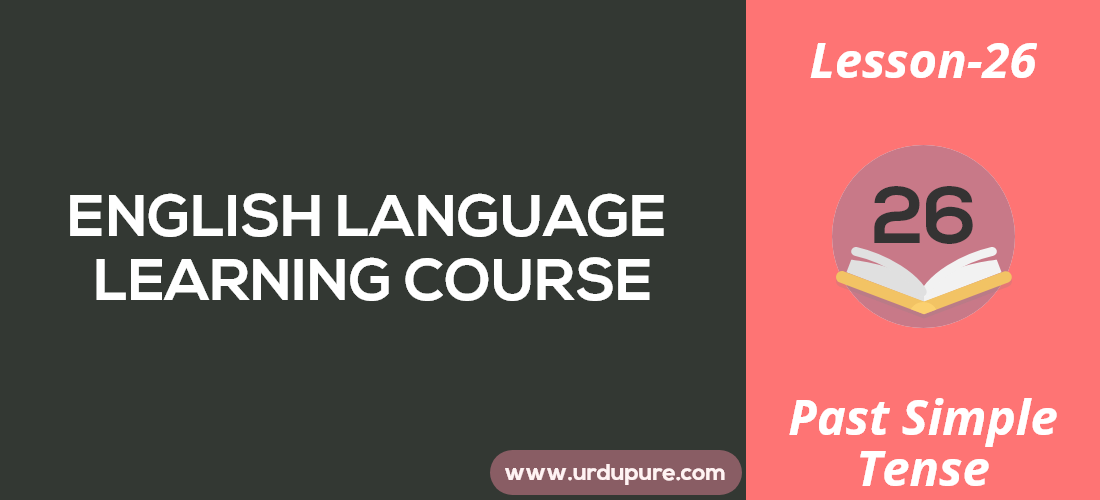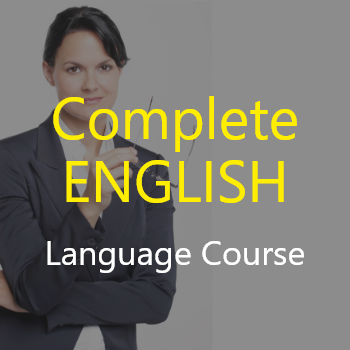Past Simple Tense

Past Simple Tense
The most confusing thing for students while learning English grammar is tenses. Most of the people find it challenging to remember tenses. Sometimes they forget the verb usage; sometimes, they forget to change the verb.
But there isn’t any hard and fast rule to remember tenses. You don’t need to remember; you have to understand the tenses and their types.
Tenses are a class, which expresses the time within the moment of speaking. There are three tenses in English grammar; present, past, and future( TIME). These three tenses are divided into, four aspects such as:
- Simple/ Indefinite tense.
- Continuous/ progressive tense.
- Perfect tense.
- Perfect progressive / perfect continuous tense.
In this lesson, you are going to learn what is simple past tense. You will discover it’s usage and structure.
What is Past Simple Tense?
Past tense is used to talk about actions that previously happened and are finished at some specific time in the past. Unlike present simple tense, that is used to talk about things happening now.
Past simple, also known as past indefinite, is an aspect of past tense. It has several uses in English grammar. You may consider it as the foundation of English grammar like other tenses.
Example: I saw a kitten.
You can use past simple tense to express the past state of being, like how someone felt. You can show such a sentence with the form of the verb to be (was/ were) in the simple past tense.
Example: I was sad yesterday.
Formation/ structure of Past Simple Tense
Past simple tense is formed by adding -ed with verbs or -d with verbs ending at e. such form of the verb is called the second form of the verb. You cannot express past actions without using the second form of the verb.
Example: play-played, listen-listened, kick-kicked, join-joined.
These are the regular verbs, but when it comes to irregular verbs, things get complicated.
The second form or simple past tense of irregular verbs looks the same as the base form of the verb.
Example: cut-cut, beat-beat, built-built, etc.
For some other irregular verbs, including the verb to be , the second form of verbs looks like:
Example: drive-drove, eat-ate, see-saw, etc.
Tip: it’s a good practice if you mention specific time in the past using adverbs of time.
Example: last week, last night, yesterday, etc.
General structure | Subject | Helping verb(optional) | Main verb | Object | Punctuation |
Present progressive | Subject | Was/ were | Main verb + -ed | Object | Depends on sentence type |
Positive/ Affirmative sentence:
Subject | To be verb | Main verb | Object | Punctuation |
Subject | Was/ were ( for being state) | Main verb + -ed or -d | Object | Full stop (period) |
He | ------ | watched | match | . |
Important note: Use was with singular subjects and were with plural subjects. If the verb already ends in -e, add -d at the end.
Example:
- I played football last night.
- I was happy yesterday.
- You were absent last week.
- She ate chicken last night.
- He met his friends last year in London.
- She drove the car yesterday for the very first time.
Negative sentence:
Subject | To be verb +not | Main verb | Object | Punctuation |
Subject | Was/ were +not ( for being state) else use did not | Base form of verb | Object | Full stop (period) |
He | Did not | watch | match | . |
Example:
- I didn’t play football last night.
- I was not happy yesterday.
- You were not absent last week.
- She didn’t eat chicken last night.
- He didn’t meet his friends last year in London.
- She did not drive the car yesterday for the very first time.
Interrogative sentence:
To be verb +not | Subject | Main verb | Object | Punctuation |
Was/ were ( for being state) else use did | Subject | Base form of verb | Object | Full stop (period) |
Did | He | watch | match | ? |
Example:
- Did I play football last night?
- Was I happy yesterday?
- Were you absent last week?
- Did she eat chicken last night?
- Did he meet his friends last year in London?
- Did she drive the car yesterday for the very first time?
Past Simple Tense Uses
There are two main uses of present simple tense.
- Something happened before now.
- Something happened as a habit in the past.
There are more uses, but these are the primary uses of simple past tense necessary to learn at the fundamental level.
Something happened before now or in the past.
The first significant usage of the simple past tense is to express the actions that happened in the past and are finished at some specific time. Or you can say something that happened before now.
Sometimes the speaker or writer does not mention the time, but this doesn’t mean they do not have any specific time in mind. They do have.
Example:
- I went shopping last week.
- Did she sleep early last night?
- You didn’t wash your clothes yesterday.
Something happened as a habit in the past.
The second primary usage of the simple past tense is to express habits in the past and stop in the past.
Example:
- I used to smoke a lot.
- I used to cry a lot in the class nursery.
- I used to play the piano every day when I was a child.
Conclusion:
In this lesson, we learned what simple past tense, its structure, and its usage are. Always remember when you use was/ were as helping verbs, do not use did not in a negative sentence. Instead, use was not/ were not. After learning this lesson, you will be very much familiar with past simple tense and second form of the verb or past verb.
}



